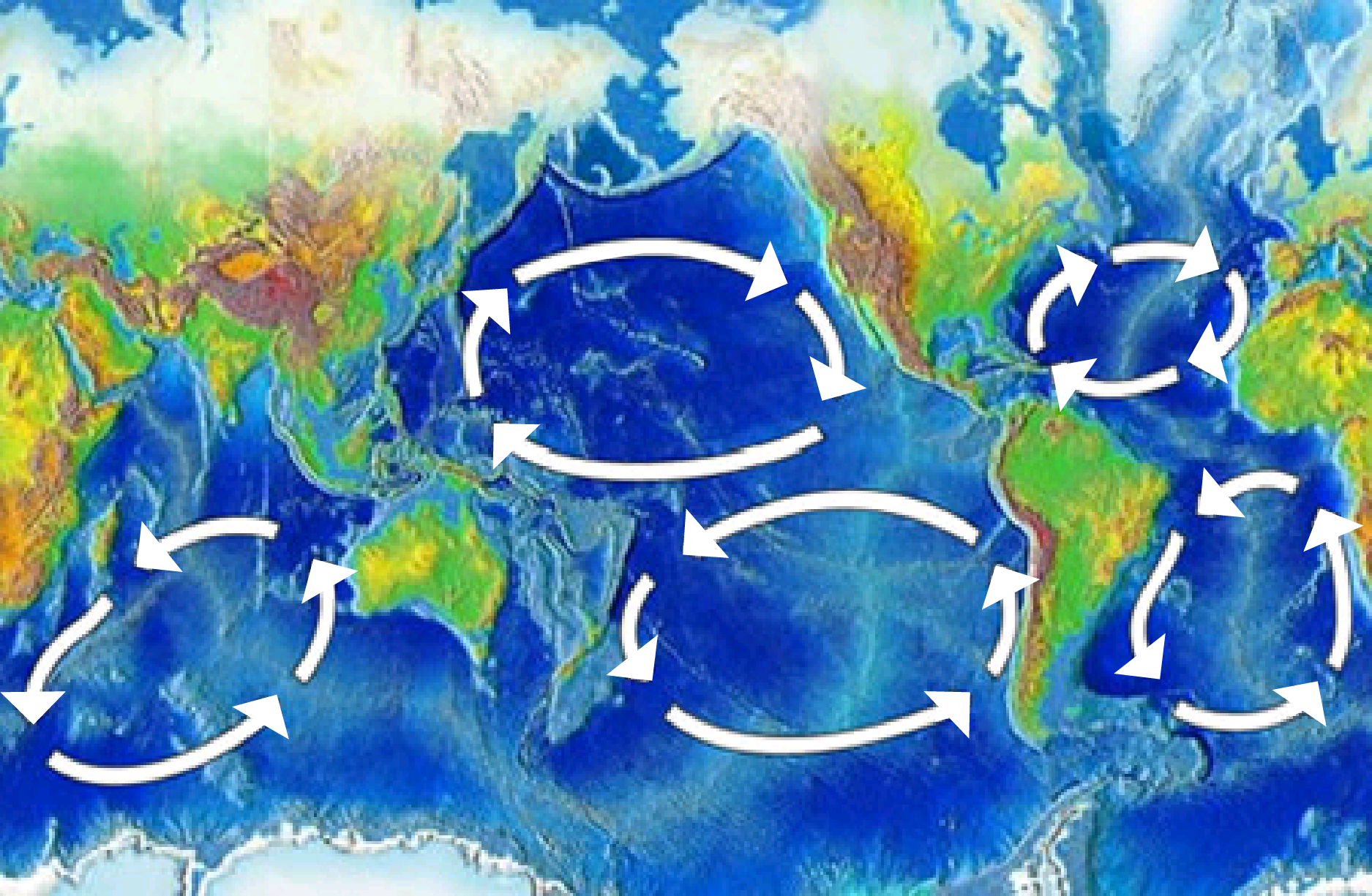So before I start I’ll say that I realize that GreenMNP has sat mostly dormant for a few months. There are a few elements that have contributed to this. Our Main Ninja, Jessie, has had her hands full pursuing her various real-life interests. Also, our new format for the site in general is aimed at slower more content-rich material – a slight change from the furious ninja pace you may be used to.
 Approximately the Speed of Light
Approximately the Speed of Light
A few months back we brought you a post about the supposed “North Pacific Trash Gyre.” Basically, what this refers to is a swirling mass of trash in our ocean that is definitely not beneficial for marine life – or non-marine life, for that matter.
In a dramatic second round of the petroleum wars, the same organization that discovered the NPTG has found another site of destruction: the North Atlantic. This news was broken by Anna Cummings and Marcus Eriksen, both researchers for the Algalita Marine Research Foundation.
Of course, skeptics will immediately argue (and could be right) that you don’t see this garbage and therefore it doesn’t exist. The problem, according to the researchers, is that most of the trash is located below the surface. Before we get into the specifics of the Gyre, we’ll show you some random pics of trash in the ocean to get you riled up:
 Garbage in the North Pacific (subject matter of our last post)
Garbage in the North Pacific (subject matter of our last post)
Researches originally found the trash gyres by doing what’s called “trawling.” Â This, more or less, involves dragging giant nets that collect water and particulate matter and later analyzing what comes up. Â The researchers in question were quite horrified when they found that PPM (parts per million) levels of plastic were particularly elevated.

an example of trawling
Clearly it’s a ridiculous proposition that there’s no trash in the ocean, especially given that we live on a planet where so many people use products that incorporate non bio-degradable elements every day. Â Plastic, which is an oil-based substance, may be the most ubiquitous, if not the most nefarious of all of these pollutants. Â While chemicals like mercury cause immediate and measurable damage to biological organisms, plastic tends to break down into particulates that could be harmful to living things in the long run (if you use your common sense).
The SEA Organization, which sponsors semesters at SEA, allowing undergraduates to participate in marine research, has also carried out several studies that seem to confirm the high abundance of the plastic contaminant in our water:
For more than 20 years SEA has been carefully measuring the abundance of plastic marine debris in the North Atlantic and Caribbean Sea on the sailing oceanographic research vessels SSVs Westward and Corwith Cramer, and also in the North and South Pacific since the arrival of the SSV Robert C. Seamans in 2001.
More than 6150 surface net tows have been carried out from Nova Scotia to the Caribbean Islands, collecting 64,000+ plastic pieces that have been handpicked from net samples. On cruises from Hawaii to the west coast of the U.S. samples have been collected in the much-popularized “Great Pacific Garbage Patch”.
 a fish with a piece of plastic embedded in stomach
a fish with a piece of plastic embedded in stomach
The effects the buildup of plastic in our oceans, in the bodies of marine animals, and ultimately the larger mammals (read: humans) that ingest them are still largely unknown. Additionally, like so many of the last century’s environmental hot topics, how concerned one should be could depend on who you ask. Left wing environmental organizations put out studies that are frequently contradicted by studies funded by the businesses with the most stake in the matter. Though the results of these contradictory studies may often be correct, because of the political push and pull and the nature of science itself, we will most likely remain in a dubious position of indecision until the effects are rampant or the threat disappears. I know I don’t sound like an optimist right now, but reality bites.
WTF is a Gyre??
A “gyre“, in oceanographic terms, is a rotating set of currents that basically swirl in a circle. The currents are caused by such factors as wind currents, the shapes of land masses, ocean temperatures, the shape of the sea floor, um, and God. The trash gyres came to be known as such because of the currents that swirl in a circular fashion and tend to cause trash (and other solids) to concentrate in certain places. While out trawling the oceans for plastic, researchers noticed that the concentrations of plastic are higher in certain areas than in others.
 the five major ocean gyres
the five major ocean gyres
Like I said before, it can be hard to see these gyres because the plastic being measured is often times in the form of particles that are super-small. That is not to say that there’s not blatantly tons of junk floating around in these very same places. Sometimes it’s just a matter of finding the right spot.
What do you guys think of this situation? As of right now there exists no reliable method in which to clean the ocean, and there’s a fat chance there ever will be. In my opinion, this is a much more tangible problem than carbon in the atmosphere. Maybe the government should try regulating product packaging to reduce this problem, given that a great many alternatives exist to plastic.
 the trash has invaded
the trash has invaded
If you’ve ever seen the Industry commercials, you know that plastic is a wonderful substance that has greatly advanced our society. Its subsequent breakdown in our oceans, however, may be our downfall.
SOC Surfrider Foundation Commercial: “Plastic Has No Place Here” from Ryan Fitzgerald on Vimeo.
Here’s a video from Algalita:
[youtube]http://www.youtube.com/watch?v=QJvifVrGi8o[/youtube]
MNP is well aware that “gyre” is also, amongst other things, what slithy toves do in the wabe.